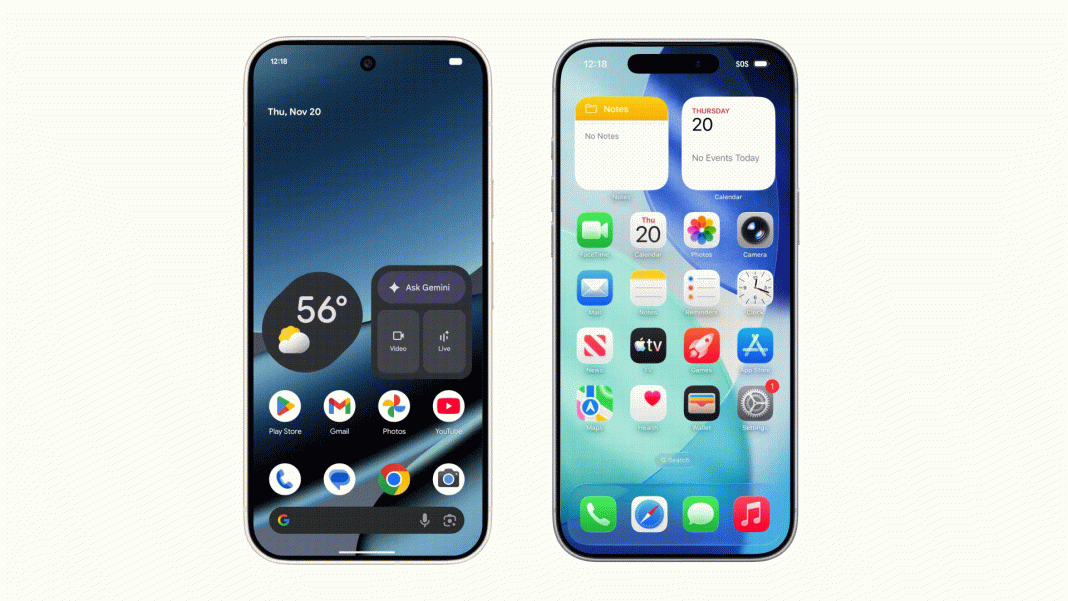For years, the digital chasm between Android and iPhone users has been a source of minor frustration for many, especially when it came to sharing media. The convenience of Apple’s AirDrop or Google’s Nearby Share (now Quick Share) was exclusive to their respective ecosystems, forcing cross-platform users to resort to cumbersome workarounds like email attachments, cloud storage links, or messaging app compression. However, a significant development is set to bridge this gap, offering a much-anticipated solution: Android users can now seamlessly transfer photos, videos, and documents to iPhone users using Quick Share.
Bridging the Digital Divide: The Evolution of Quick Share
Google’s Quick Share, the successor to its “Nearby Share” feature, has long been a staple for rapid, local file transfers between Android devices, Chromebooks, and Windows PCs. It leveraged a combination of Bluetooth, Wi-Fi Direct, and peer-to-peer Wi-Fi to create a fast and secure connection, making it ideal for sharing large files without internet dependency. While Samsung also had a feature called Quick Share, Google’s version became the unified standard across the Android ecosystem, enhancing interoperability. The glaring omission, however, was support for Apple’s iOS.
This exclusion created a persistent pain point, particularly in markets like India, where both Android and iOS devices command substantial user bases. Families often have a mix of devices, friends with differing preferences want to share memories from gatherings, and professional collaborations frequently involve colleagues using various smartphones. The inability to directly share without friction meant either compromising on quality (via messaging apps) or investing extra time in uploading and sharing links via cloud services. The recent expansion of Quick Share to include iPhones marks a pivotal moment, dissolving a long-standing barrier and fostering a more connected digital experience for millions.
Seamless Transfers: How Quick Share Works with iPhones
The implementation of Quick Share for iPhones is both ingenious and practical, addressing the fundamental challenge of cross-platform compatibility without requiring a dedicated iOS app (which Apple might restrict). When an Android user initiates a Quick Share transfer to an iPhone, the process leverages a cloud-based approach. Instead of a direct device-to-device connection, Quick Share generates a secure, time-limited web link. This link is then shared with the iPhone user via any preferred messaging platform – be it WhatsApp, SMS, or email.
Upon receiving the link, the iPhone user simply opens it in their web browser. This directs them to a Google-hosted page where they can preview and download the shared files. The beauty of this method lies in its simplicity and universal accessibility; no special software or complex setup is required on the iPhone side. Files are typically transferred in their original quality, avoiding the compression often seen with messaging applications. Furthermore, Google has built in security measures, ensuring that these sharing links are private and expire after a set period, adding an important layer of data protection.
Implications for the Indian User: A Daily Relief
For the Indian digital landscape, where smartphones are deeply embedded in daily life, this development is set to bring substantial relief. Consider the scenarios: a group of college students collaborating on a project, a family sharing photos and videos from a wedding, or colleagues exchanging important documents in a meeting. Previously, these situations were often punctuated by the question, “Are you on Android or iPhone?” followed by a sigh and a search for alternative sharing methods.
The ability to use Quick Share to bridge this gap means less time wasted, less reliance on data-compressing apps like WhatsApp for photo sharing, and ultimately, a more streamlined and efficient flow of information. It enhances productivity in professional settings and enriches social interactions by making shared digital experiences truly seamless. This move isn’t just about technology; it’s about making everyday digital life less frustrating and more intuitive for millions of Indians who navigate a multi-device world.
“This move is a game-changer for digital interoperability, particularly in markets like India where both Android and iOS ecosystems thrive side-by-side,” says Rohan Sharma, a prominent Delhi-based tech analyst. “It drastically reduces the friction points for everyday users, fostering a more connected experience that many have long yearned for.”
The integration of iPhones into the Quick Share ecosystem signifies a positive step towards a more unified digital experience. While not as direct as AirDrop or Quick Share between Android devices, the web-link approach provides a highly effective and broadly accessible solution. It eliminates the need for third-party apps and cumbersome workarounds, paving the way for simpler, faster, and higher-quality file transfers. As technology continues to evolve, features like this underscore the industry’s commitment to breaking down walled gardens and making digital interaction genuinely effortless for everyone.




